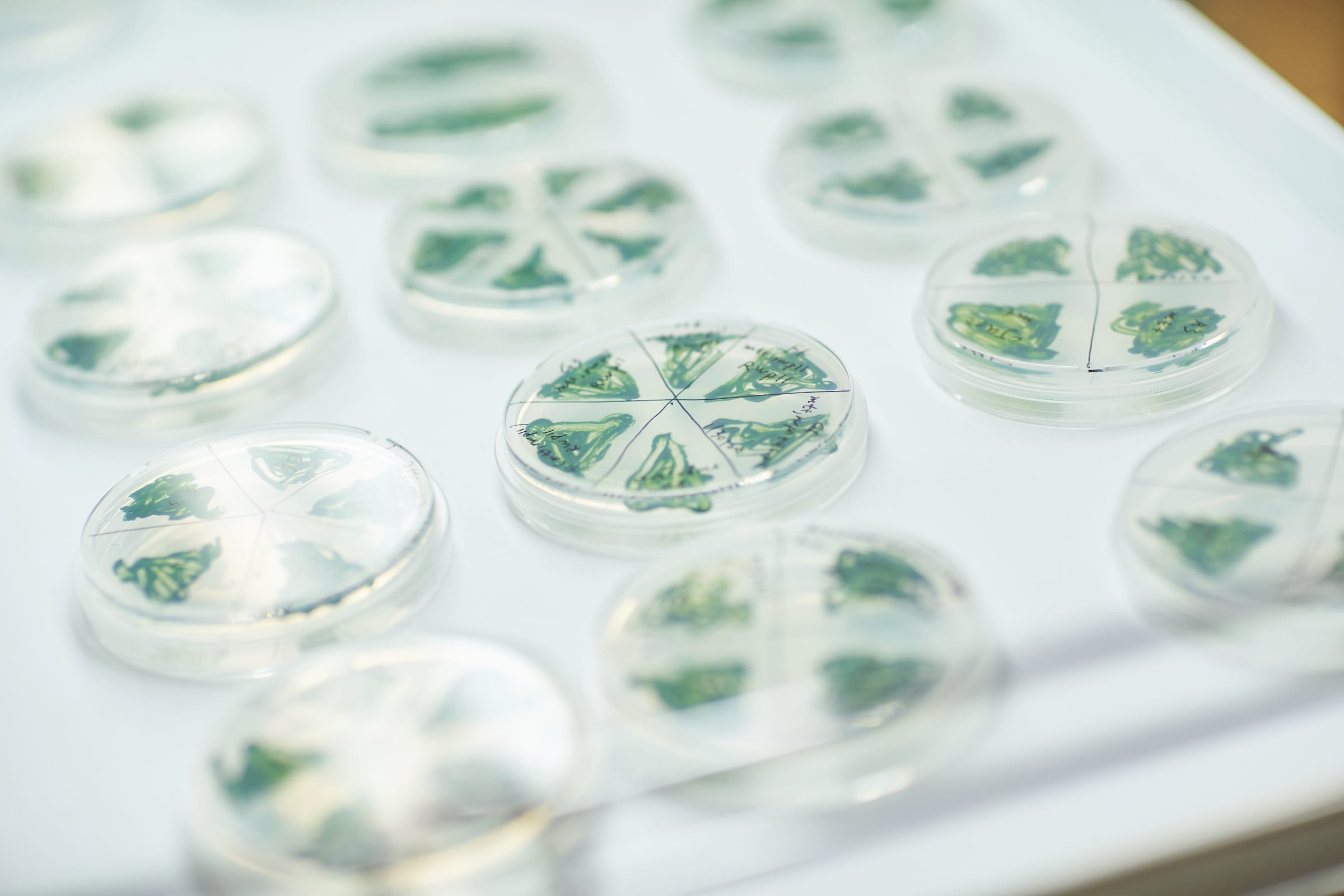Improved Crops for the People
Our Institute for International Crop Improvement applies discoveries, leads regulatory efforts, and participates in international collaborations so we can deliver improved crops where they are needed most.
Institute for International Crop Improvement
Our Institute for International Crop Improvement (IICI) translates plant science discoveries and technology into food and nutrition security solutions for the people who need them most. To do this, the IICI focuses on improving crops like sorghum, millet, cowpeas, groundnuts, potato, and cassava that tend to be regionally important but not traded around the world, and historically have not received the same research and development focus as the major commodity crops, such as corn, soybean, and wheat.
The IICI is dedicated to improving the disease and pest resistance, nutritional content, and harvest of staple crops that are critical to the health and livelihood of smallholder farmers and the millions of people that depend on them for food and nutrition. In addition to stabilizing communities by empowering farmers, these efforts promote agriculture-led growth by increasing sustainable farming productivity and strengthening productive, profitable, and inclusive agricultural systems.
The IICI team also specializes in guiding crop improvement projects through the product development process with international partners to ensure that improved varieties are released, taken to scale in target geographies, and achieve meaningful impact. Areas of expertise include product development planning and coordination, confined field testing, product quality and safety evaluation, regulatory affairs and stewardship, variety registration and seed certification, and technical capacity building.
Through international collaborations, the IICI is also connecting leading scientists and cutting-edge technologies, training international scientists, and providing centralized resources and expertise on regulatory study design, execution, and dossier preparation. The IICI is a focal point for technical capacity enhancement and the implementation of best practices uniformly across the crop improvement portfolio.
2023 IICI Annual Letter
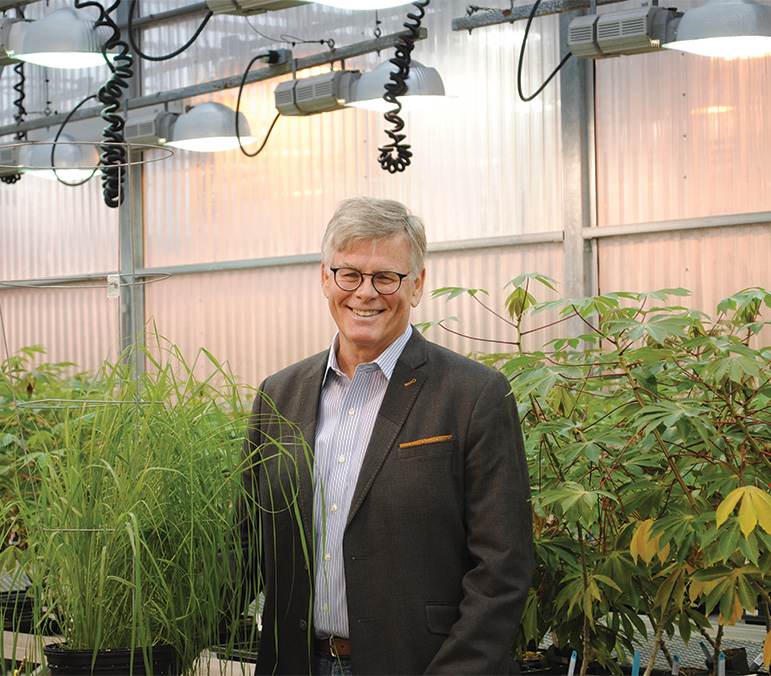
From Executive Director, Donald MacKenzie, PhD.
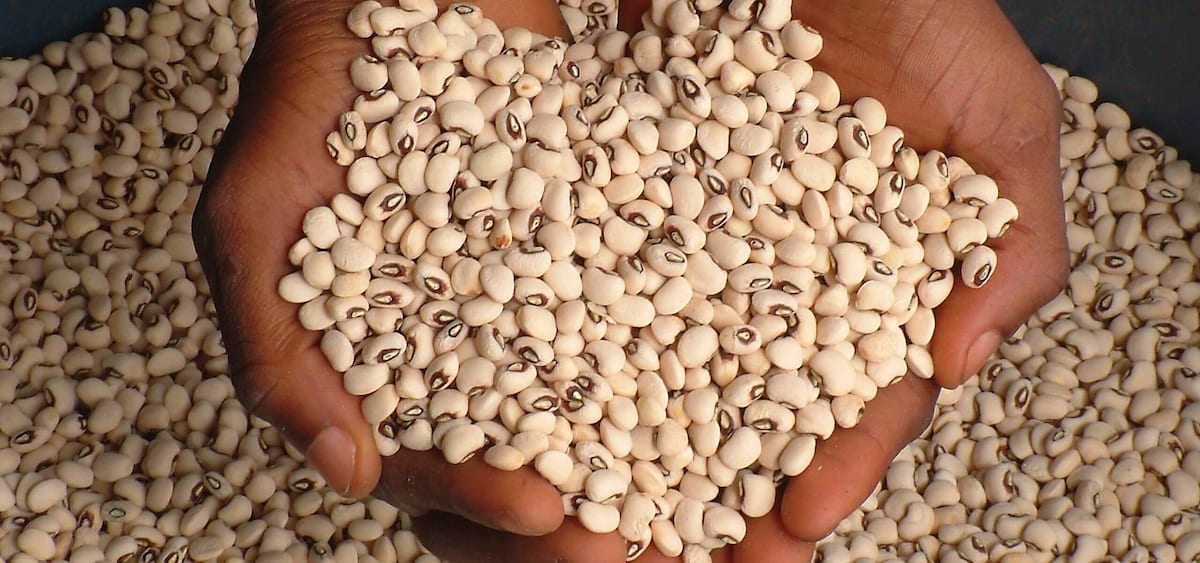
Increasing Insect Resistance in Cowpea Plants
Cowpea is a member of the legume family and includes protein-rich beans such as black-eyed peas and crowder peas.
Due to their tolerance for low rainfall and sandy soil, cowpeas are an important crop in semi-arid regions across Africa, but they are susceptible to pod borers. In the most severe cases, pod-borer infestations there can cause losses of more than 80 percent.
Nigeria is the world’s largest producer and consumer of cowpeas, yet more than 40 percent of cowpeas consumed in Nigeria are imported. Nigerian farmers spray pesticides 6 - 10 times throughout the growing season, often with no protective gear and at substantial expense, in an attempt to keep the insect scourge at bay.
With an insect-resistant cowpea variety, harvests could increase dramatically and farmers could reduce their pesticide use, benefiting human health and the environment.
Insect Resistance
Since 2009, pod borer-resistant (PBR) cowpeas have been field tested in Nigeria. The initial research was done by TJ Higgins of the Commonwealth Scientific and Industrial Research Organization in Australia working with Mohammad Ishiyaku of the Institute for Agricultural Research, Ahmadu Bello University, in Zaria, Nigeria. The African Agriculture Technology Foundation facilitated the development with funding support from the United States Agency for International Development.
The insect-resistant cowpea relies on a gene from Bacillus thuringiensis (Bt), a naturally occurring, soil borne bacteria long used in organic agriculture, to control certain insect pests. Research and regulatory work demonstrated nearly complete protection against the pod borer and is expected to increase yield by 20 - 80 percent and reduce Nigeria’s reliance on imported cowpea.
Commercialization
Now, PBR cowpeas will soon be getting into the hands of farmers. In 2021, Nigeria has achieved a major milestone in the history of agricultural research and development with the commercial launch of Pod Borer Resistant (PBR) Cowpea.
Efforts to prepare the regulatory application for submission to the NBMA were led by the IICI. The commercial approval of PBR cowpea in Nigeria marks an historic milestone for crop development by public sector research institutes and donors dedicated to improving the livelihoods of smallholder farmers and the consumers who rely on them for food.
Nigeria has demonstrated substantial leadership in embracing technology for the benefit of its farmers with the first Bt cotton varieties registered for release in 2018. Nigerian scientists have been working with colleagues in Ghana and Burkina Faso on field testing PBR cowpea and regulatory applications in those countries are anticipated soon.
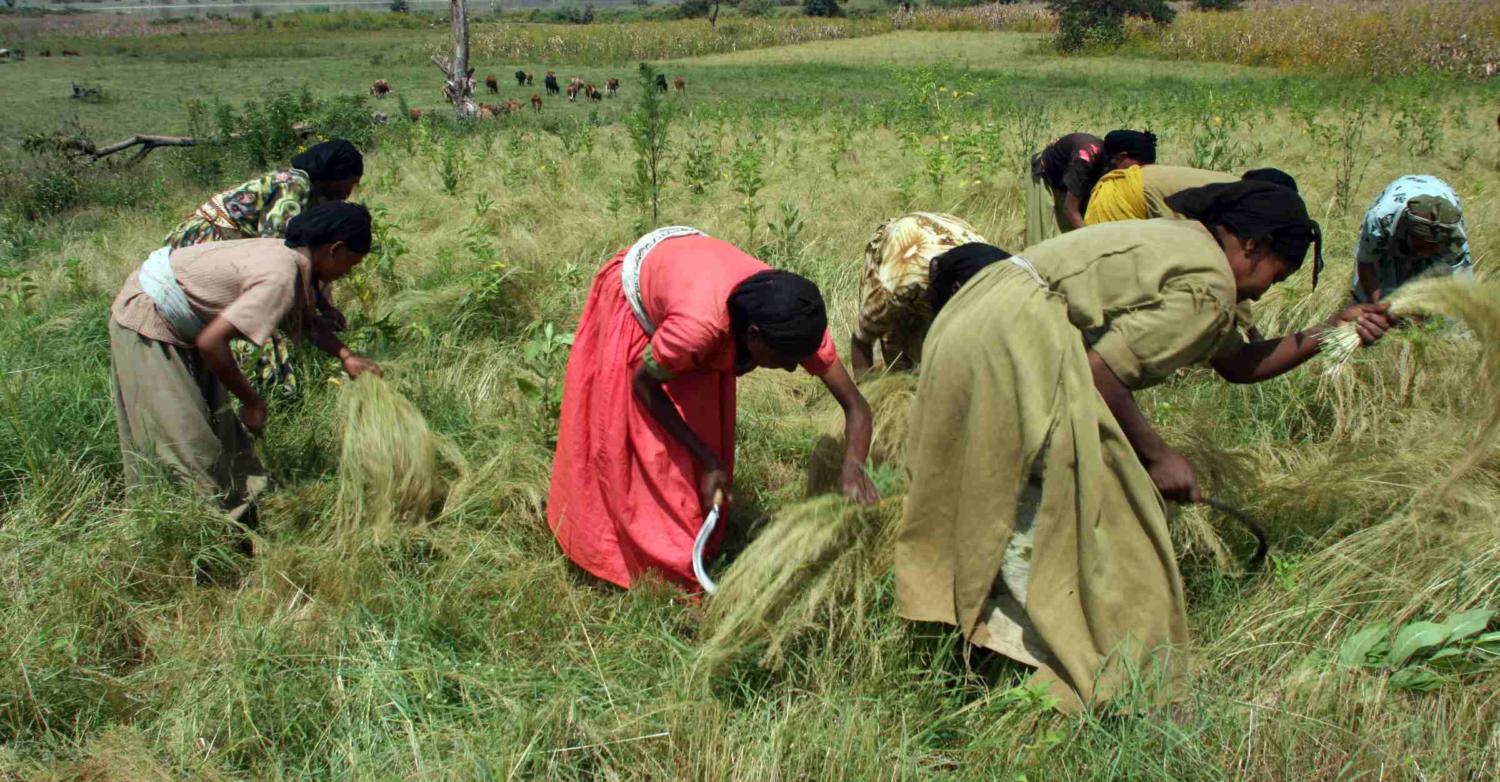
Improving Teff Productivity
Teff is a small grain native to Ethiopia, where it is a staple food for millions and is estimated to provide up to two-thirds of the protein and dietary fiber consumed in the country. In addition to being a staple food for Ethiopians, teff is also an important source of income for many small-scale farmers in the country.
Teff has gained popularity worldwide due to its many health benefits and culinary versatility. It is a nutrient-dense grain that is high in protein, fiber, and several important minerals such as iron, calcium, and magnesium. Teff is also gluten-free, making it a great option for people with celiac disease or gluten intolerance. Teff production in the western United States, primarily in California, Colorado, Idaho, Nevada, and Oregon, has been increasing in recent years because of a growing demand for gluten-free and healthful grains.
Lodging in teff, which causes the plants to bend or break because of wind or heavy rain, can significantly reduce harvestable yield of the grains and makes the plant more susceptible to diseases and pests. This can lead to reduced grain quality, such as lower protein content and increased levels of contaminants.
IICI Researchers are collaborating with the Ethiopian Institute of Agricultural Research to improve teff productivity using new plant breeding techniques. The reduced height of the new teff lines is expected to provide resistance to lodging (falling over) that results in yield losses of up to 25%.
In 2023, A pre-market regulatory status review conducted by the United States Department of Agriculture (USDA) Animal and Plant Health Inspection Service has concluded that teff modified by genome editing to have a semi-dwarf stature is not subject to biotechnology regulation under USDA’s SECURE Rule. The semi-dwarf teff lines will be undergoing field performance evaluation at the Danforth Center’s field research site.
Getu Duguma, PhD: Harnessing technology to deliver improved Tef to Ethiopian farmers
With the help of a grant from The Bill and Melinda Gates Foundation, Danforth Center Senior Research Scientist Getu Duguma, PhD, and his team are working to improve tef, a key food security crop in sub-Saharan Africa.
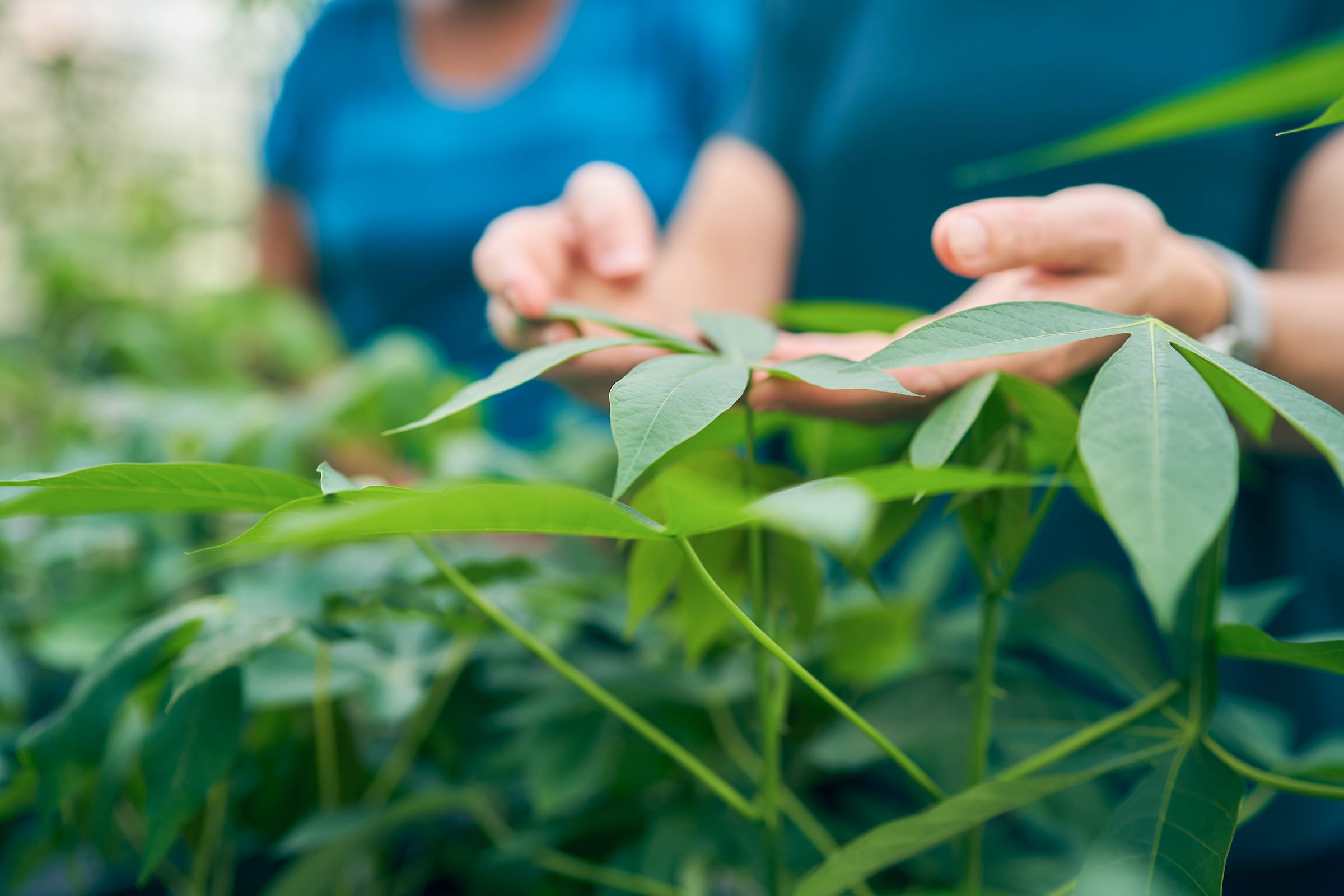
Improving Cassava for 400 Million People
VIRCA Plus could bring more nutritious food, better yields, and improved health to sub-Saharan Africa.
In sub-Saharan Africa, cassava is a critical source of food for millions of people: it is the second most important staple food crop after maize, as well as an important cash crop for smallholder farmers. However, plant viral diseases can destroy up to 100 percent of a cassava crop yield, threatening livelihoods and leading to hunger. Cassava brown streak disease (CBSD) destroys cassava’s edible roots even when the rest of the plant looks healthy, and cassava mosaic disease (CMD) can stunt or kill plants outright.
In addition to being susceptible to disease, cassava does not contain sufficient levels of key nutrients such as iron and zinc to meet minimum daily requirements, especially for women and children. Iron deficiency anemia compromises the immune system, stunts growth and impairs cognitive development in children, while deficiency in zinc causes increased risk of death from diarrhea, stunting and reduced cognitive development. In Nigeria alone, 75 percent of preschool children and 67 percent of pregnant women are anemic, and in sub-Saharan Africa an estimated 24 percent of the population are at risk of zinc deficiency due to inadequate dietary intake.
Through the VIRCA Plus project, our scientists and their international collaborators aim to change that reality.
Disease Resistance
VIRCA Plus is developing cassava varieties that will be resistant to both CBSD and CMD. These two virus diseases are spread by white-flies and by diseased cuttings that are unknowingly shared among farmers.
African and international organizations worked together during earlier phases of the VIRCA project (2005-2016) to develop cassava with strong and stable resistance to CBSD using genetic modification techniques. The VIRCA team conducted several confined field trials in both Uganda and Kenya, with the approval, oversight and guidance of government regulators.
The VIRCA Plus project now employs conventional plant breeding techniques to combine bioengineered CBSD resistance with farmer-preferred cassava varieties that are already resistant to CMD. Field development and testing of these new varieties is ongoing in Kenya and Uganda to ensure that they control both plant diseases while producing good harvests and maintaining farmer preferences for taste, texture, processing, and storage practices.
Nutritional Enhancement
VIRCA Plus is also developing cassava varieties that have elevated levels of both iron and zinc for improved nutrition, in combination with resistance to CBSD and CMD.
Early development work demonstrated that bioengineering could raise iron and zinc levels in cassava more than 10-fold compared to conventional varieties. Field trials have shown that such high iron and zinc cassava could provide between 40-70 percent of the estimated average requirement of these minerals for vulnerable women and children after processing into common African foodstuffs, such as gari and fufu.
Cassava varieties that are preferred by farmers and consumers in Nigeria and other West African countries will be the first targets for nutritional enhancement under VIRCA Plus.
Getting Improved Cassava into Farmers' Hands
In 2021, the Kenya Agricultural and Livestock Research Organization (KALRO) received approval from the Kenyan National Biosafety Authority (NBA) for environmental release of cassava that is resistant to cassava brown streak disease (CBSD). The approval paves the way for conducting national performance trials (NPTs), the final step of testing new varieties before they can be registered and released to farmers.
VIRCA Plus varieties will be released to breeders, farmers and ultimately to consumers in partner countries only after they have received all relevant regulatory authorizations.
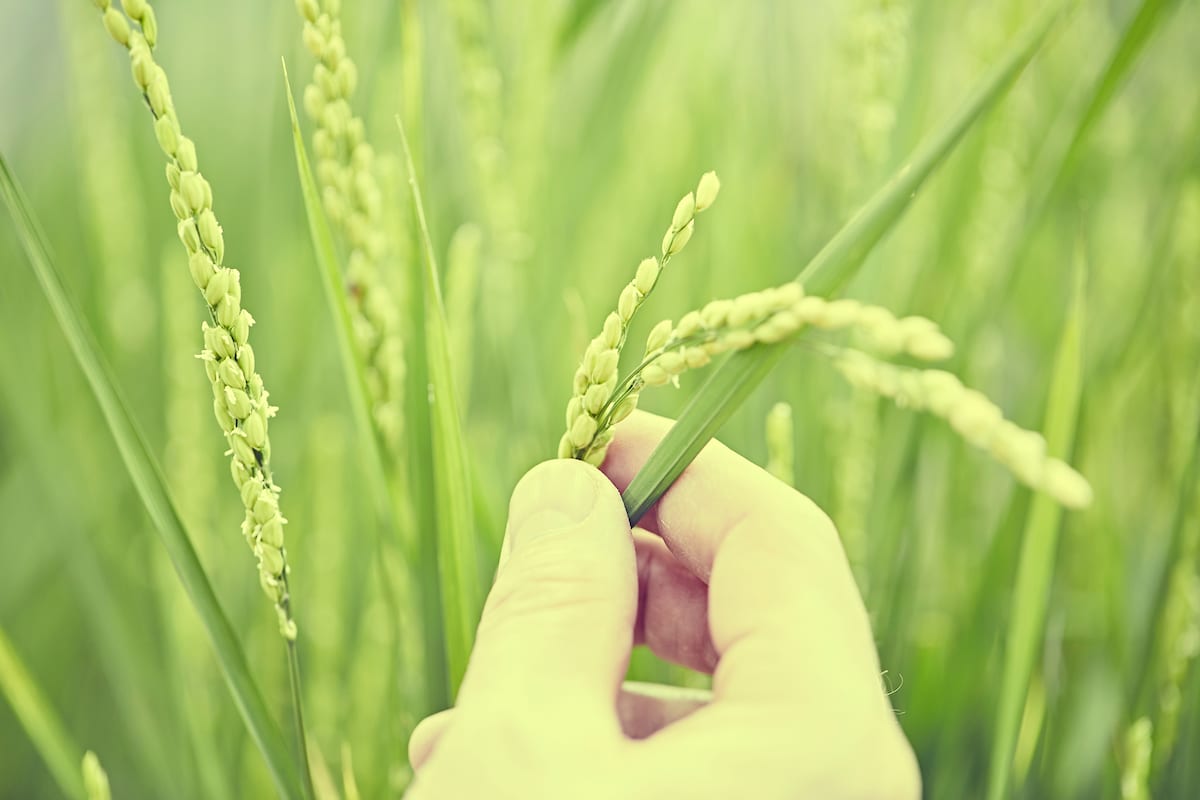
Increasing Nutrional Value of Golden Rice
Provitamin A biofortified rice could help people in southeast Asian countries lead healthier lives by meeting their daily Vitamin A requirements.
Vitamin A is essential to our well-being: it allows us to see and defend our bodies against illness. It is difficult for children to fulfill their daily vitamin A requirements through plant foods alone, and consequently, vitamin A deficiency (VAD) is common among children whose families cannot afford meat, eggs, and dairy products. This is particularly true in the high rice-consuming countries of sub-Saharan Africa and Asia, where rice provides up to two-thirds of caloric intake, on average. Polished rice, or rice as we commonly know it, has a very poor micronutrient content.
Deficiency of sufficient duration or severity can lead to disorders that are common in vitamin A deficient populations, such as xerophthalmia, the leading cause of preventable childhood blindness, anaemia, and weakened host resistance to infection, which can increase the severity of infectious diseases and risk of death.
Although the global prevalence of Vitamin A deficiency has been declining over the past 20 years, it persists as a major public health nutrition problem, especially in sub-Saharan Africa and south Asia. In these two regions, VAD prevalence has changed little since 1991 and remains high at 48 percent and 44 percent, respectively.
Nutritional Enhancement
Golden Rice, so named for its yellow color, was developed using bioengineering to produce provitamin A (b-carotene) in its grains. This is the same b-carotene that is found in green leafy and many types of yellow-colored vegetables and orange-colored fruit. Conventional white rice does not produce any b-carotene in its grains, which is the reason high rice-consuming populations are at risk of VAD.
The intended nutritional effect of Golden Rice is to complement existing VAD control efforts by supplying up to 30–50 percent of the estimated average requirement for vitamin A for preschool age children and pregnant or lactating mothers in high-risk countries, including Bangladesh, Indonesia, and the Philippines.
Looking Ahead
The IICI has an ongoing collaboration with the International Rice Research Institute, a member of the Consultative Group on International Agricultural Research (CGIAR), and its national partners in Bangladesh (Bangladesh Rice Research Institute) and the Philippines (Philippine Rice Research Institute) to guide the regulatory review and approval of Golden Rice.
To date, Golden Rice has been approved for food use in Australia, Canada, New Zealand, and the United States, and is under review in Bangladesh. The Department of Agriculture Philippine Rice Research Institute (PhilRice), announced that a biosafety permit for propagating the Golden Rice was issued on July 21, 2021. This biosafety approval of Golden Rice is the first authorization for commercial propagation of a genetically engineered rice in South and Southeast Asia. With this permit, Golden Rice can now be planted for commercial production as per the terms and conditions specified by the DA Bureau of Plant Industry. Prior to marketing, Golden Rice will need varietal registration by the National Seed Industry Council, who approves the registration of all new varieties based on consistent good agronomic field performance.
To learn more about the science and safety of Golden Rice, visit: https://iici.online/goldenrice/
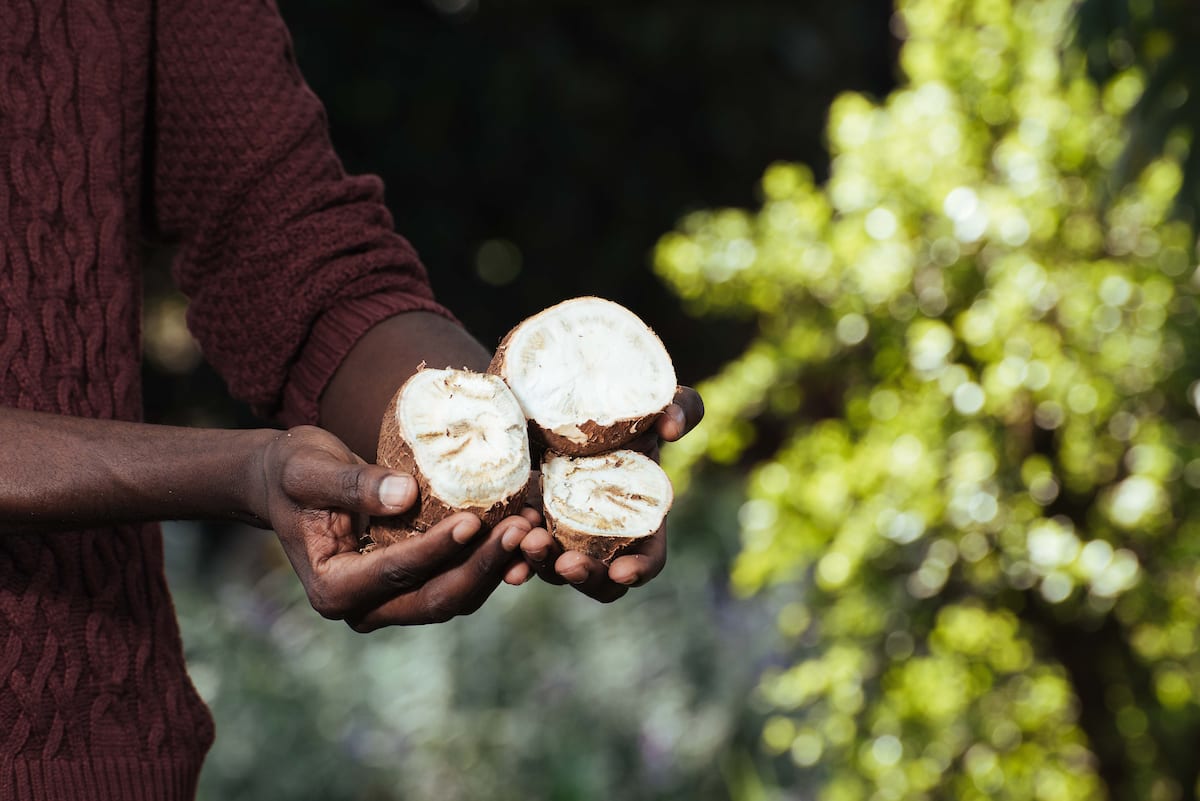
Meet The Team
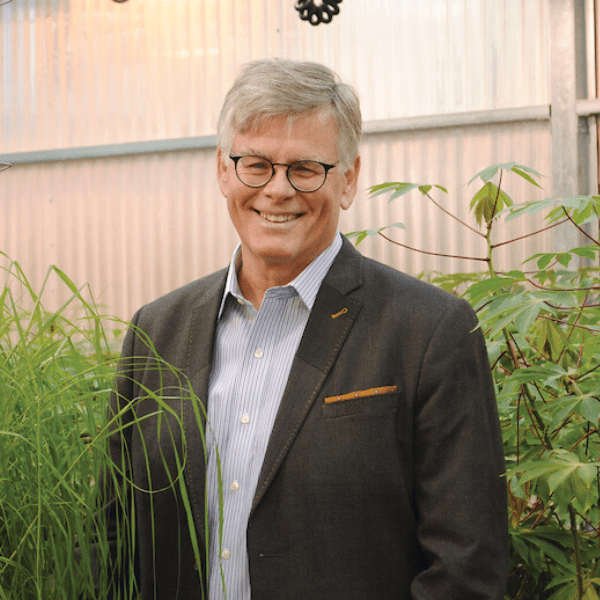
Donald MacKenzie, PhD
Executive Director
dmackenzie@danforthcenter.org

Nigel Taylor, PhD
Member and Dorothy J. King Distinguished Investigator
ntaylor@danforthcenter.org
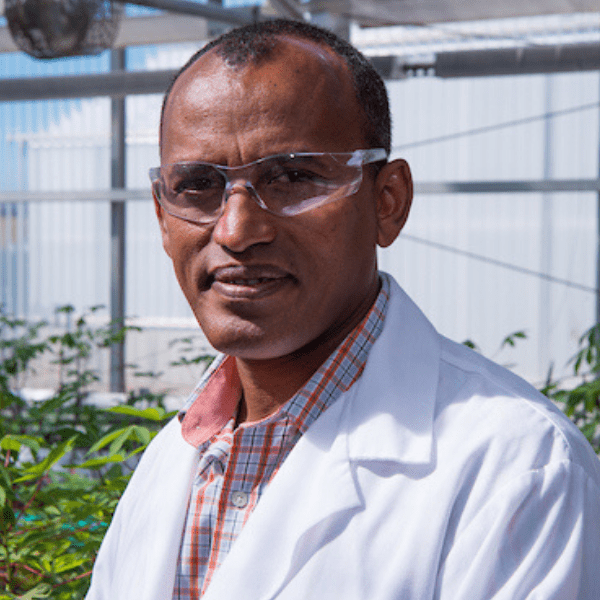
Getu Beyene Duguma
Senior Research Scientist & Principal Investigator
gduguma@danforthcenter.org
Contact Us
Phone
314.587.1456
Donald Danforth Plant Science Center
975 N Warson Rd, St. Louis, MO 63132
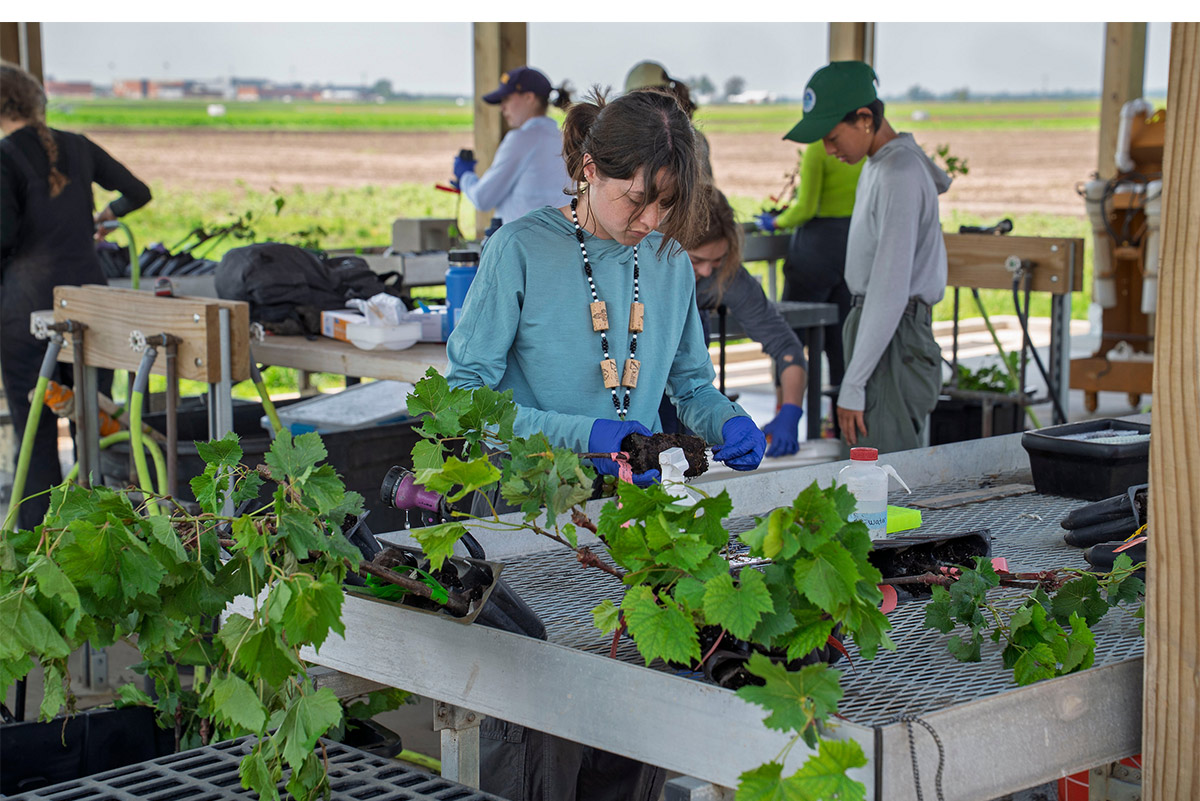
Research Areas
